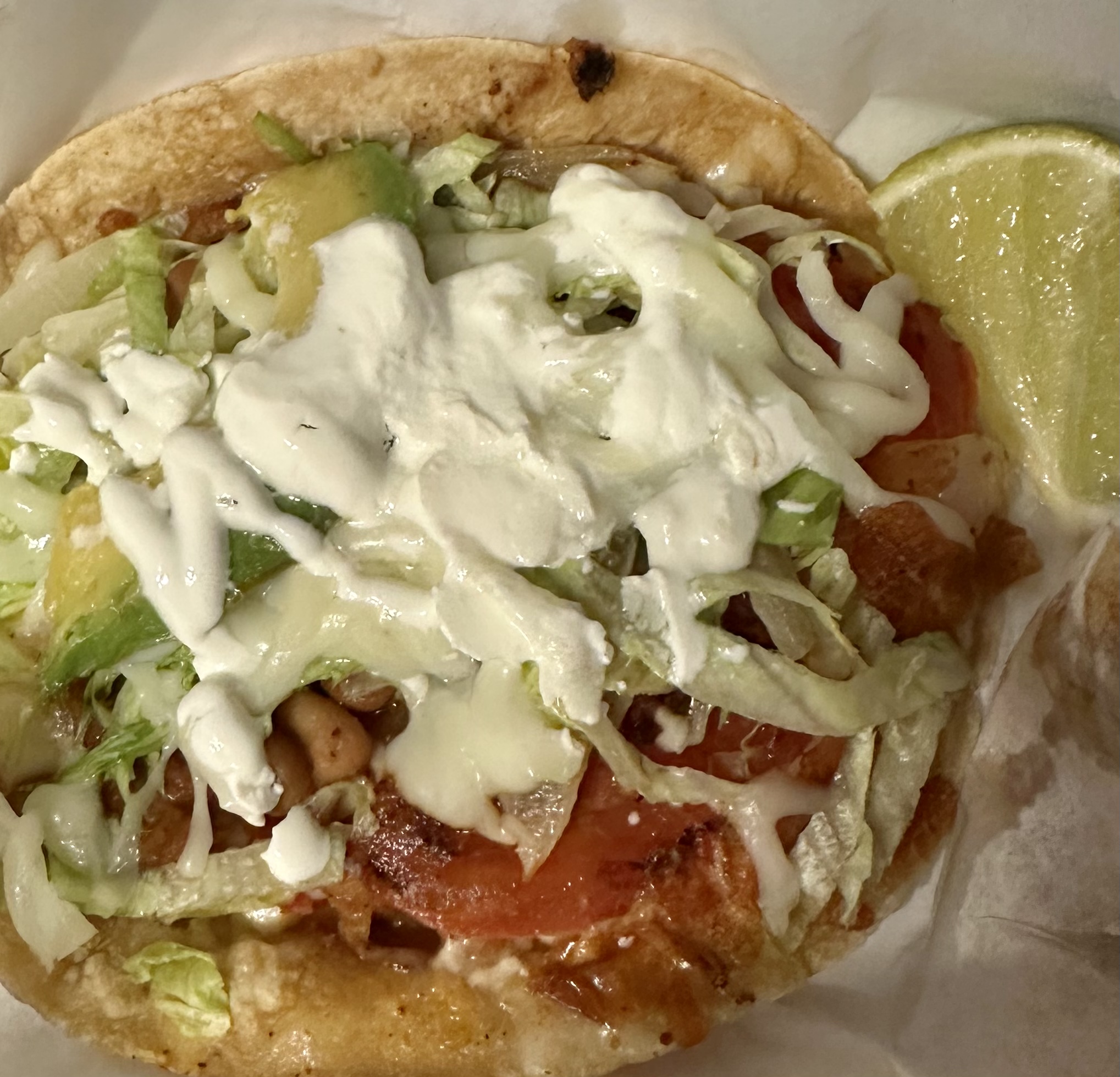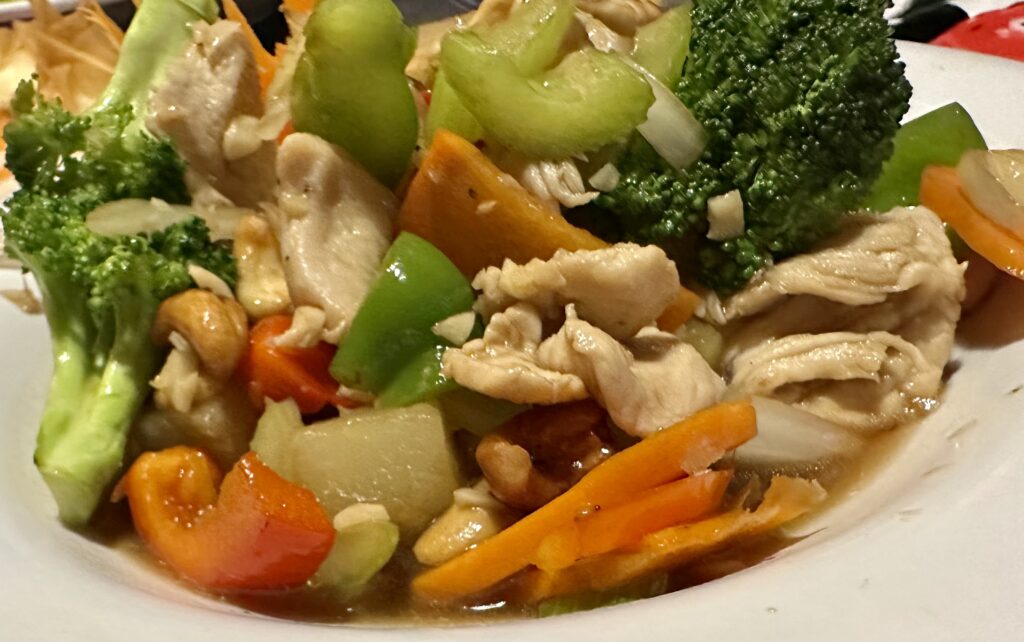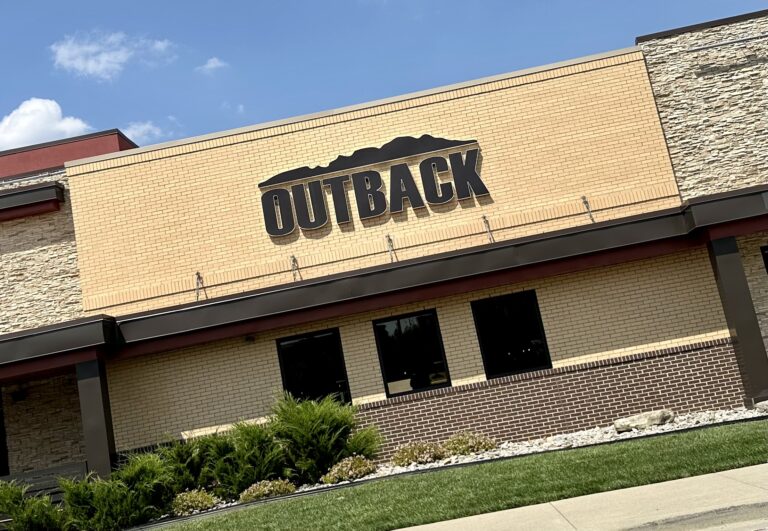What to Order Gluten Free From Different Cuisines and Where to Watch Out

Mexican, Italian, Indian, Japanese, Thai, Venezuelan/Columbian, Mediterranean … It’s hard to know where to start with different cuisines when navigating a gluten free diet. Even if you’ve been gluten free for a long time like me, it seems there are always new cuisines or gluten free food within these cuisines to try. That’s why I’ve detailed a guide of gluten free suggestions within each cuisine. I’ve found the following menu items to be generally safe and many are traditionally gluten free. However, always do your homework to discover what is safe at individual restaurants. With this guide, I’ve also provided some red flags to look out for so you don’t have to learn the hard way. So, let’s get adventurous and try something new! You may just find your new favorite gluten free food or cuisine!
Mexican
Eating Mexican can be tricky. But there are delicious options if you are careful and know what to be cautious of.
First, I always bring a baggy of my own tortilla chips to Mexican restaurants. This way, I can enjoy salsa, guacamole, and queso without being glutened. Most Mexican restaurants make their tortilla chips in the same fryer that they use to make gluten containing items such as chimichangas, which use flour tortillas. So, if you want a vehicle for your salsa, etc., bring your own chips!
Next up, margaritas! My favorite! People like to debate about the safety of liquor for us gluten free folks, but with tequila I stick to the rule that 100% agave equals gluten free. That way you know that there are no gluten containing additives in there and it is safe to drink. These types of tequila are better quality anyways and who wants to drink bottom shelf tequila? I certainly don’t.
So you have your chips, salsa, and guac with your margarita, now what’s for dinner? Well, the first way you can go is fajitas. I love the excitement of fajitas—how they come out snap, cracklin, and poppin, and they smell so good. Everyone turns their head to look at fajitas. Just be sure to order them with corn tortillas instead of flour. Sometimes I even forego the tortillas and order mine with a side of rice, which is just as nice.
You can also go the taco route. Just make sure you order them with soft corn tortillas as the hard corn taco shells may go in the fryer and the soft flour tortillas are obviously a no no.
Enchiladas may also be a possibility if the restaurant is able to verify that the enchilada sauce is gluten free and that the enchiladas are made with corn tortillas, which they traditionally are.
If, by chance, you are at a restaurant that does have gluten free tortilla chips, nachos are another great option!
Indian
Indian food is an easy one, thank goodness, because it’s delicious.
I’ve found that Indian food is generally traditionally safe with the exception of fried appetizers, nan, and other breads. So go wild! But not too wild because things can get spicy, spicy up in there. Also, always double check with the restaurant that what you are ordering is indeed gluten free!
If you’re new to Indian, I would recommend either the chicken tikka masala or one of the saags, like saag paneer or aloo saag. The possibilities are endless including many vegetarian options. My kids (one and four years old) even love their rice with a side of vegetables, apparently Indian restaurants make amazing carrots, like they fight over them, who knew?
When ordering Indian, you also choose your spice level— typically one through six with six being the spiciest. I usually go in the middle of the road with a three, or even a four if I’m feeling extra spicy. I find that three has good flavor without burning my mouth off. My mom isn’t too into spicy food and usually eats a two. My husband usually eats a six to the disbelief of the owner of the restaurant near our old apartment. This earned him the nickname Mr. Spicy Spicy.
Japanese
Japanese! Lucky for us gluten free folk it seems like more and more Japanese places are offering to cook up some delicious hibachi with gluten free soy sauce. It’s such an easy substitution to make and the food is just as good as with regular soy sauce.
It seems many of the Japanese restaurants near us with live hibachi tables will prepare the gluten free hibachi in the kitchen and bring it out to you due to the cross contamination issues of preparing everything together on the hibachi table in front of you.
Inquire about the yum yum sauce. Most seem to be gluten free, but I know there are some out there that do contain gluten.
Never fear, if your local Japanese joint has not caught on to gluten free soy sauce yet, there’s always sushi. Just watch out for anything with tempera, as well as rolls with gluten-containing sauce.
Thai

Thai can be another superb option. As pad thai consists of rice noodles, peanut sauce, chicken or shrimp, sprouts, and egg, this is a dish that can (literally) be on the table. Just always be sure to ask preparation questions and double check with your server or, even better, call ahead.
Our local Thai place—shout out to Mai Thai, will also make many of their rice and vegetable based dishes gluten free upon request by simply switching to a gluten free sauce. Mai Thai’s Cashew Chicken is my favorite! Many Thai places also have some fantastic sushi, so you’re in luck there. Again, just watch out for the tempera and some of the sauces. Tricky, dicky sauces always making life difficult.
Venezuelan/Columbian

This is a new one to me. But, now that I’ve gotten a taste, I’ve been wondering where it’s been all my life. If you’ve never had an arepa before (or even if you have), do yourself a favor and google Venezuelan or Columbian restaurants near you and go out and get yourself one.
If you don’t think there’s a Venezuelan or Columbian restaurant near you, you may be surprised. I live in Northern Kentucky and there are three Venezuelan restaurants within 15 miles of my house. One is just down the road on the way to my daughter’s preschool, how convenient!
Arepas are the sandwich of Venezuela/Columbia and they are naturally gluten free as the “bread” is primarily made out of corn, salt, and water. I would describe the Venezuelan arepa as a thick corn pancake. It can be ordered with a variety of meats, cheese, beans, and vegetables inside. Yummmmm. I may have to go get one after writing this. The Columbian arepa is typically thinner and sweeter and primarily just filled with cheese.
Empanadas (basically a little meat pie) may also be gluten free, but be sure to double check as some may include wheat flour in addition to corn.
Italian
I used to get oh so excited when I would see that an Italian restaurant had gluten free pasta, but I’ve learned to cool my jets on this one.
I’ve been glutened one too many times from eating pasta from restaurants and decided that unless it’s a highly trusted and careful restaurant that I’ll be making the pasta from now on.
The problem with pasta is that even if the menu labels it gluten free, some restaurants use the same pots of boiling water over and over again to boil the pasta. So your “gluten free” pasta is basically getting a bath in gluten water and may even end up including a stray gluten noodle or two, fun stuff!!
We all know that more and more pizza places are now offering gluten free pizza, or, even better, gluten free cauliflower pizza—I love a sneaky veggie! But the risk of cross contamination here is still high, so some questions to ask include: 1) Are your gluten free pizzas prepared in a separate area? 2) Are your gluten free pizzas prepared with separate toppings? 3) Are pizzas made on some sort of tray to prevent cross contamination in the oven? 4) Do you use a different pizza cutter for the gluten free pizzas?
I once had a woman tell me that they only had one pizza cutter for the whole kitchen. I didn’t even know what to say to that, I think I ordered elsewhere. It sounded like she was having a bad day.
Only you know how sensitive you are and how strict precautions need to be for you to have a safe experience. Unfortunately, even after asking questions, it usually takes research, asking questions, and then trying a new place and crossing your fingers to know for sure.
Mediterranean
Mediterranean! I often forget about this one, but I wish I wouldn’t since Mediterranean includes some delicious and healthy options.
There are a number of Mediterranean appetizers that are traditionally gluten free, including the following.
First, there’s hummus, puréed chickpeas with some lemon juice, olive oil and perhaps some tahini. Even my picky four year old loves hummus!
Also, if the restaurant has a gluten free fryer, falafel can even be gluten free as it made from chickpeas and/or fave beans, herbs, and spices.
Appetizer wise, there is also dawali—rolled grape leaves stuffed with rice, herbs, and either meat or vegetables.
Other gluten free Mediterranean appetizers may also include loubie bzeit, which is green beans sautéed with onions, garlic, tomatoes, and olive oil; and baba gahoush or baba gannouj— finely chopped or puréed roasted eggplant, olive oil, tahini, and lemon juice.
If you didn’t already fill up on appetizers, gluten free entrees can include hummus or rice dishes with meat and/or vegetables as well as Greek salads with chicken.
Aladdin’s which has many locations across Ohio, as well as in western Pennsylvania, southern Michigan, and North Carolina, offers a gluten free Hummus Chicken Plate, which includes hummus, grilled chicken, diced tomatoes and parsley. Aladdin’s Mujadara Plate, consisting of lentils and rice, Lebanese salata and fried onions is also gluten free. Jasmine’s Favorite, a seasoned bean, vegetable, and rice medley served with your choice of meat and a side of tahini or hot sauce, is gluten free as well.
Want more helpful tips on safely eating gluten free and a heads up about new posts that will help you find your new favorite gluten free food? Subscribe to my newsletter and I’ll keep you in the delicious, can’t miss loop!




